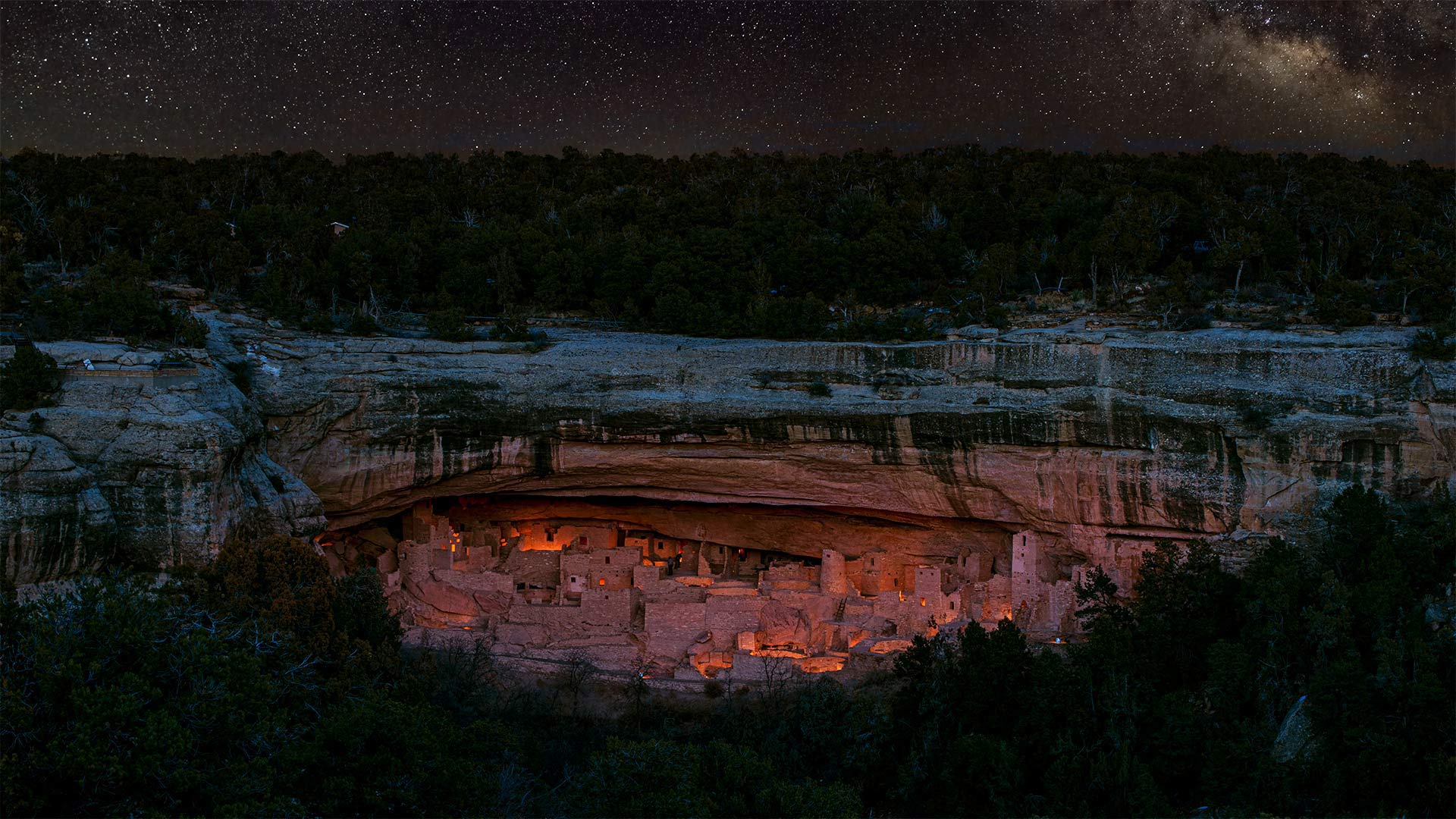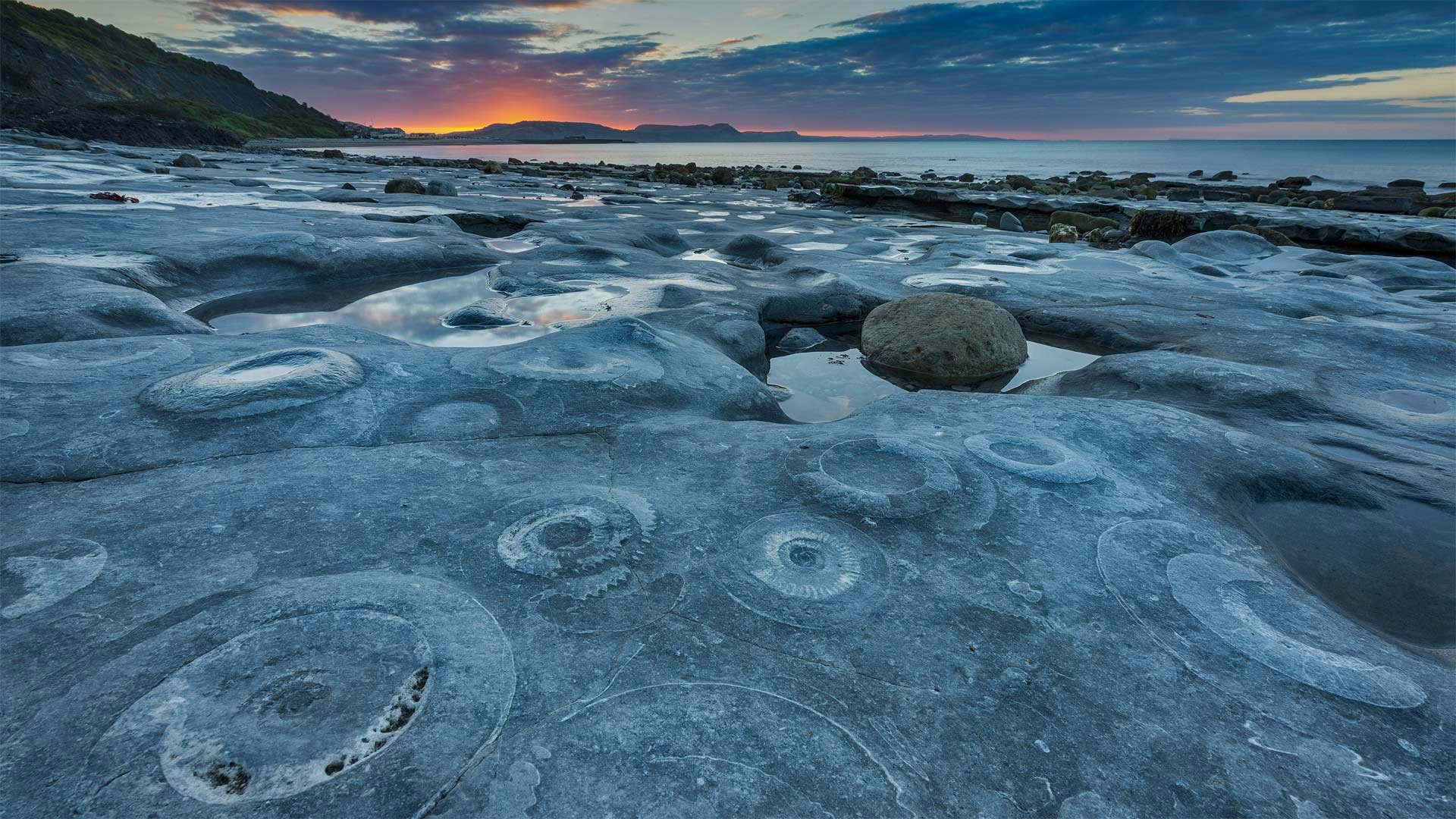梅萨维德国家公园的悬崖宫,美国 Cliff dwellings in Mesa Verde National Park in Colorado, USA (© Brad McGinley Photography/Getty Images)

梅萨维德国家公园的悬崖宫,美国 Cliff dwellings in Mesa Verde National Park in Colorado, USA (© Brad McGinley Photography/Getty Images)
《保护世界文化和自然遗产公约》 A 50-year balancing act
世界遗产50年
在1972年11月16日的《世界遗产公约》上,联合国教科文组织通过了一项国际条约,首次将自然保护和文化遗产保护的概念联系起来。世界遗产项目是由埃及计划修建的阿斯旺大坝引发的,该大坝将淹没尼罗河流域的大片地区和数千件考古珍品。
梅萨维德国家公园是普埃布洛斯祖师居住了七个世纪的地方,1978年被联合国教科文组织委员会选为首批世界遗产。
50 years of World Heritage Sites
At its World Heritage Convention on November 16, 1972, UNESCO adopted an international treaty that for the first time linked the concepts of nature conservation and preservation of cultural properties. The World Heritage Sites program was sparked by Egypt's planned construction of the Aswan High Dam, which would have flooded a large swath of the Nile Valley and thousands of archeological treasures.
Mesa Verde National Park, where Ancestral Puebloans lived for seven centuries, was among the first World Heritage Sites chosen by the UNESCO committee, in 1978.
蒙茅斯海滩的菊石路面,英国多塞特侏罗纪海岸世界遗产地 Ammonite Pavement at Monmouth Beach, Jurassic Coast World Heritage Site, Dorset, England (© AWL Images/Danita Delimont)

蒙茅斯海滩的菊石路面,英国多塞特侏罗纪海岸世界遗产地 Ammonite Pavement at Monmouth Beach, Jurassic Coast World Heritage Site, Dorset, England (© AWL Images/Danita Delimont)
回到过去 Stepping back in time
侏罗纪海岸世界遗产地,英格兰
回溯1.99亿年,前往英国多塞特的侏罗纪海岸世界遗产地。这幅令人惊叹的化石展示图被称为“氨岩路面”,数千块化石被埋藏在蒙茅斯海滩西端的石灰岩岩架中。虽然菊石看起来很像蜗牛壳,但它们是已灭绝海洋生物的化石,与当今的章鱼或鱿鱼关系更为密切。英国自然历史博物馆(British’s Natural History Museum)指出,由于菊石的数量和大小,这个充满化石的岩架在世界上是独一无二的:化石直径高达27英寸。如果你想看看,时间就是低潮时岩壁出现的一切,附近的大岩石中也有更多的菊石。
今天是国家化石日,在这一天,我们庆祝着这个迷人的灭绝动植物世界。这并非巧合,它发生在地球科学周期间:我们可以从这个可见、可触摸的过去遗产中更多地了解我们的星球和所有生物。
Jurassic Coast World Heritage Site, England
Travel back 199 million years with a trip to the Jurassic Coast World Heritage Site in Dorset, England. This stunning fossil display is known as the Ammonite Pavement, and thousands of these fossils are embedded in a limestone ledge at the west end of Monmouth Beach. Although the ammonites look rather like snail shells, these are fossils of extinct sea creatures that are more closely related to today's octopus or squid. Britain's Natural History Museum notes that the fossil-filled ledge is unique in the world because of the sheer number and size of the ammonites: The fossils reach up to 27 inches in diameter. If you want to check them out, timing is everything—the ledge emerges at low tide, and there are more ammonites in large rocks nearby, too.
Today is National Fossil Day, when we celebrate the fascinating world of extinct creatures and plants. It's no coincidence that it falls during Earth Science Week: We can learn more about our planet and all living things from this visible, touchable legacy of our past.